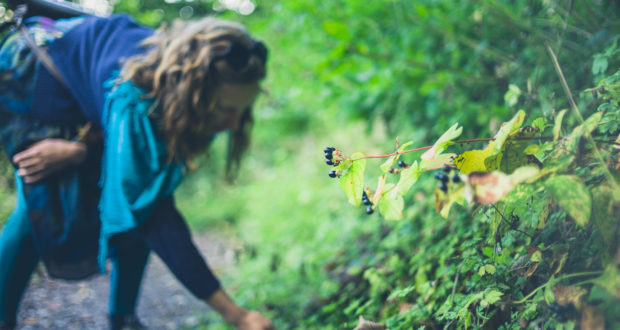Blog
Wild Scrafting and Prodoing means great food and family fun
Always ask land owners before wild pressing and feeding.
Wild Scrafting is a term about which people refer to collecting wild plants. Wild plants often have strong healing properties and a unique taste. I have never tried a shop bought strawberry, which compared to the taste to tiny Alpine, which grow freely in wild places. To sum up, wild artificial can be great fun. It’s a great way to teach children of nature nature.
There are several guidelines that you will have to follow to protect you and plants in the wild.
According to the law, make sure that you can accumulate if you are on public or private property. In addition, always ask for permission from landowners. You may be obliged to obtain a permit in public areas.
Educate about plants before the meeting. Wear at least two field guides with you to help you identify plants, unless you are absolutely sure that you can correctly identify the harvested plants. In particular, fungi and plants in parsley and carrots are often incorrectly identified. Eating an improper plant may in some cases cause disease or death.
Place the whole garden of survival by one akr
Principles of wild presses
Find out what plants are threatened or threatened in your place. State and federal agencies provide resource lists. In particular, United Plant Savers is an organization that contains current information about medicinal herbs and their status in the wild. Sometimes plants can be abundant locally, but they are threatened or threatened as a whole. Never collect threatened or endangered plants. Find out what common plants you can use as substitutes. If you buy an endangered or threatened herb, buy them only from cultivated ecological sources. If you want to use endangered herbs, plant your own. When planting, place them in habitats similar to their natural environment.
Collect a maximum of 10 percent of shared herbs. When gathering many herbal plants. This is an excellent sustainable practice.
Wild stands of herbs and foodstuffs are a long -term gardens of nature. Be full of respect. Treat a wild garden with the same respect that you would treat a cultivated garden.
Wild Smics Strategy
Carefully select the feeding location. Do not collect next to roads or in places that could be sprayed with pesticides. In addition, choose only when there are large plants. Examine the plant stand. Does it seem healthy? Are there evidence that other people collect there? Is it a fragile environment or on those that will have a negative impact on human presence? Discover this area well. You should perfectly observe the location for several years to ensure the health of the plant stand. If it grows and energetic, collect. If it is shrinking or unhealthy, do not gather on this page.
Remember that animals rely on native plants to survive. Consider the needs of local bears, birds and other creatures, especially when collecting autumn nuts, fruits and berries.
In addition, if you collect near tourist trails, choose only dishes and herbs away from the trails. Let others see the beauty of the wild environment.
Do not choose all the best specimens. Leave outstanding flowers, seeds and berries to strengthen the stand for the future.
Collect in the right time of day and year. You would be perfect to collect parts above the ground in the late morning or early afternoon. At this time, healing properties are stronger. In addition, Rosa had time to dry, so plants are less likely to break down or mold.
Amazing all natural fertilizers double the production of the garden
Plans and target of wild particles
Your best opportunity to collect roots and bark will be in autumn or spring. You should collect leaves and flowers when they are young. In addition, be sure to collect berries and nuts. If possible, use parts of plants from the ground. If it accumulates roots, remove only a piece of root. Replace the plant and water it. In general, only collect what you use.
It makes no sense to collect plants if you do not intend to prepare them immediately for storage. Will you dry outdoors during a long trip to the campsite? Do you immediately go home to keep the nutrients at the peak of freshness? Do you have to bring alcohol, vinegar or glycerin to create tincture? Will you make herbal oil on site? If you plan to eat your reward in the wild, is fresh clean water for washing herbs, vegetables and fruits available? If you do tea in the field, do you have the right cooking supply? Always use common sense and follow the rules when building a fire in nature.
Protecting wild plants means not revealing the location of plant racks for everyone you know. In particular, over 20 percent of plant species are threatened or threatened. In fact, some plants that have been abundant recently quickly disappear due to collectors.
Remember to give enough time to enjoy the open air. Enjoy spectacular views, smells and sounds surrounding you when gathering. In short, feeding is not a trip to a local grocery store. It offers health and spiritual benefits, simply immersing in native environments. Enjoy!
You can also enjoy reading an additional article from the network: Wild Scrafting: 10 dishes offered by Mother Nature
Do you have any other thoughts about wild pokes and feeding? Let us know in the comments below.

